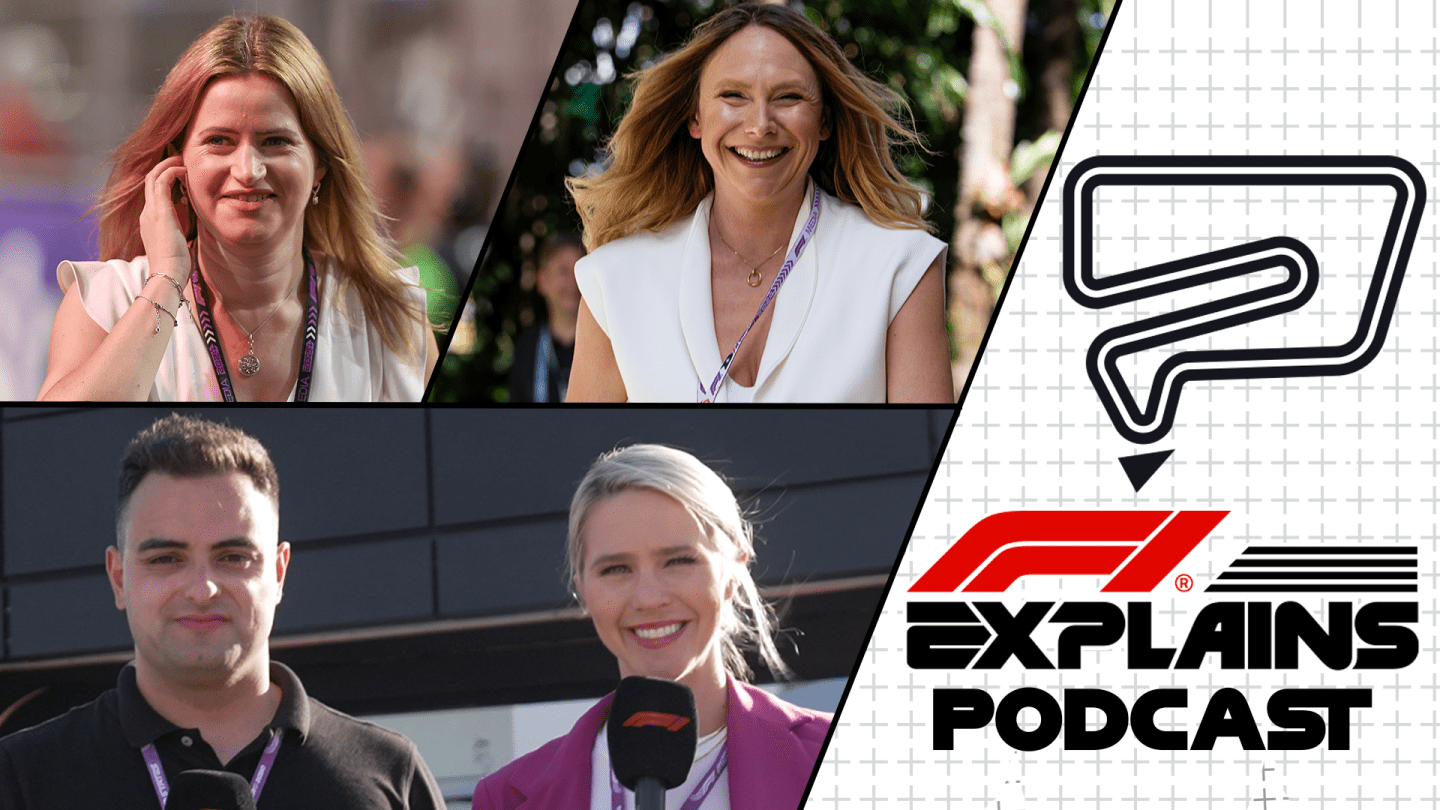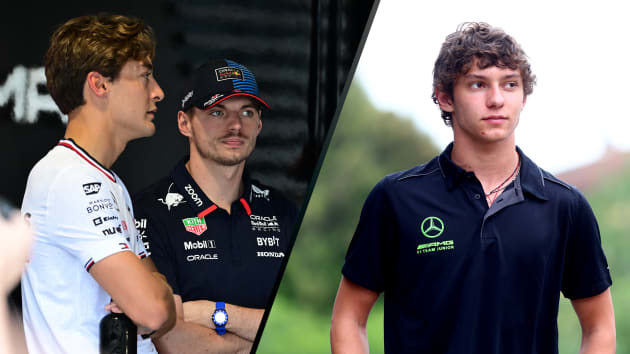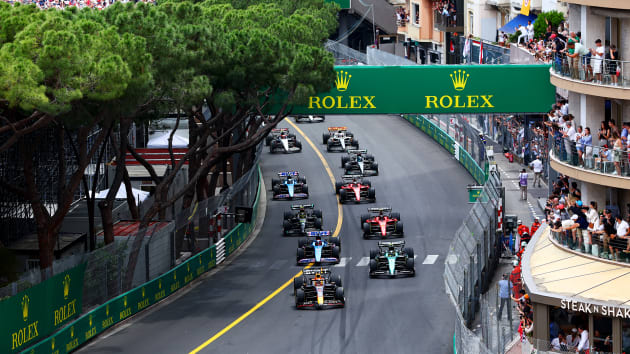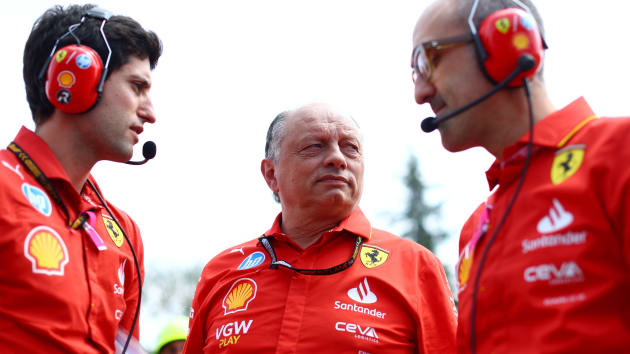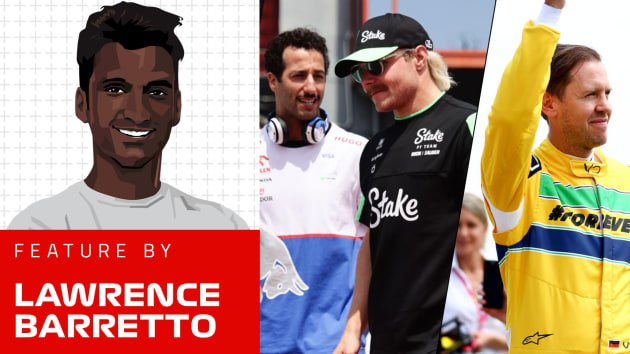F1 Blunders, Secrets of Upgrades, and How to Break Into the Paddock - Your Ultimate Guide

The fast-paced world of Formula 1 is filled with high-speed excitement, meticulous planning, and sometimes, unexpected follies. One might wonder, how can the finest minds in motorsport sometimes get race strategy so spectacularly wrong? What goes into planning those crucial car upgrades each season? And for the ambitious among you, how does one actually become a part of this elite circle of F1 strategists and engineers? In this deep dive, we answer all this and more, guided by Grand Prix-winning strategists Ruth Buscombe and Bernie Collins.
The art of strategy in Formula 1 is akin to a high-stakes chess game played at 200 mph. Yet, even the best-laid plans can go awry. From unexpected weather changes to unforeseen safety car deployments, countless variables can throw a wrench into the most meticulously crafted strategies. Ruth Buscombe and Bernie Collins discuss how teams sometimes miscalculate, leading to those heart-stopping moments where victory slips through their fingers.
The intricacies of a race strategy are undeniable. Factors such as tire degradation, fuel management, and competitor positioning are constantly being recalculated. Buscombe and Collins delve into these aspects, shedding light on why sometimes a well-thought-out plan fails to deliver the expected results. Through these insights, fans get a closer look at the immense pressure and rapid decision-making required on race day.
Switching gears, we move into the realm of car upgrades - a domain where innovation meets relentless precision. How do teams plan their upgrades, and what triggers these improvements? Every tweak, be it aerodynamic adjustments, engine enhancements, or software updates, plays a pivotal role in a car's performance. Buscombe and Collins explain the methodology teams use to ensure these upgrades are not just effective but also compliant with the stringent regulations of Formula 1.
Moreover, the duo highlights the crucial phases of testing and data analysis. Understanding the car's dynamics and how each modification impacts overall performance is essential. Often, teams test multiple iterations of a part before deciding on the final version, aiming for perfection in every upgrade.
For those aspiring to join the ranks of F1 professionals, the journey is challenging but achievable with the right direction. Buscombe and Collins offer invaluable advice on how to start a career in F1. From educational qualifications to gaining hands-on experience in lower-tier motorsports, they outline the steps needed to make one's mark in this elite sport.
Networking is highlighted as a significant component. Attending motorsport events, joining racing clubs, and engaging with industry professionals can open doors. The strategists emphasize the importance of perseverance, as breaking into Formula 1 requires dedication, passion, and a relentless pursuit of excellence.
To dive deeper into these topics and more, tune into the full episode of F1 Explains through the audio player above, or listen on your preferred podcast platform. For those looking to pose their own burning questions about the intricacies of Formula 1, email [email protected] and let the experts unravel the mysteries.
Catch new episodes of F1 Explains every Friday on Apple Podcasts, Spotify, and all major podcast apps. Unveil the veil of secrecy behind the scenes and empower yourself with knowledge from the sport's finest experts.
YOU MIGHT ALSO LIKE
News Verstappen offers advice to Mercedes junior Antonelli while Russell assesses his prospects as a possible future teammate
News What time is the Formula 1 2024 Monaco Grand Prix and how can I watch it?
News Vasseur says Ferrari and McLaren can ‘come back at Red Bull’ as he makes ‘gamechanger’ title race forecast
FeatureF1 Unlocked PADDOCK INSIDER: Why the driver market is red-hot ahead of Monaco – with Vettel, Sainz, Verstappen, Bottas and more all in play
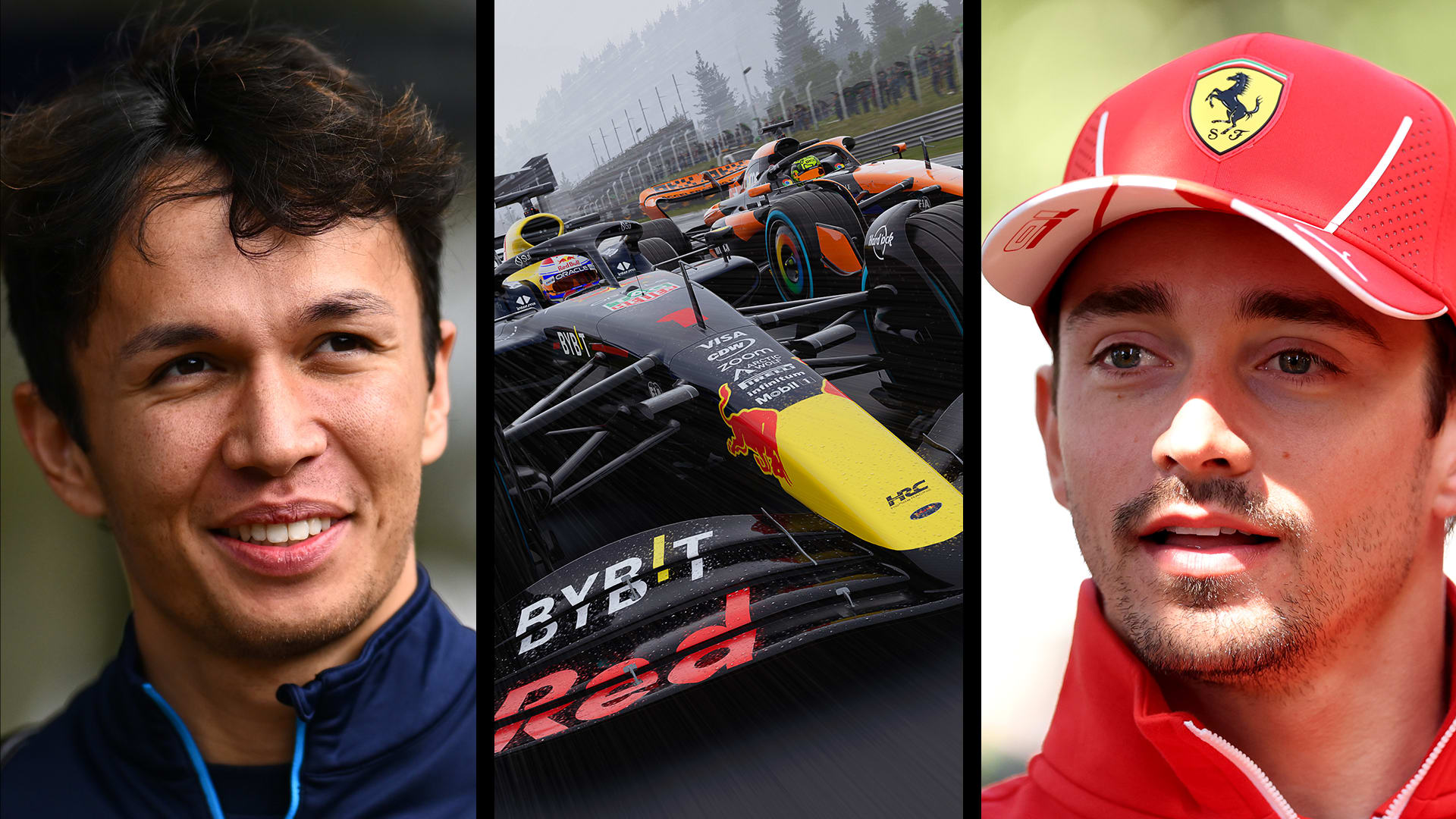
Frequently Asked Questions
Common blunders in Formula 1 race strategy can stem from unexpected variables like weather changes, safety car deployments, and miscalculations by teams.
Teams plan their car upgrades meticulously, considering factors like aerodynamic adjustments, engine enhancements, and software updates to enhance performance while complying with Formula 1 regulations.
In Formula 1, aspects like tire degradation, fuel management, and competitor positioning require continuous recalculations to adapt to changing race conditions.
Ruth Buscombe and Bernie Collins emphasize the importance of educational qualifications, hands-on experience in lower-tier motorsports, networking, perseverance, dedication, passion, and pursuit of excellence for aspiring F1 professionals.
To start a career in Formula 1, individuals need to focus on gaining relevant educational qualifications, practical experience in motorsports, networking with industry professionals, and demonstrating dedication and passion for the sport.
